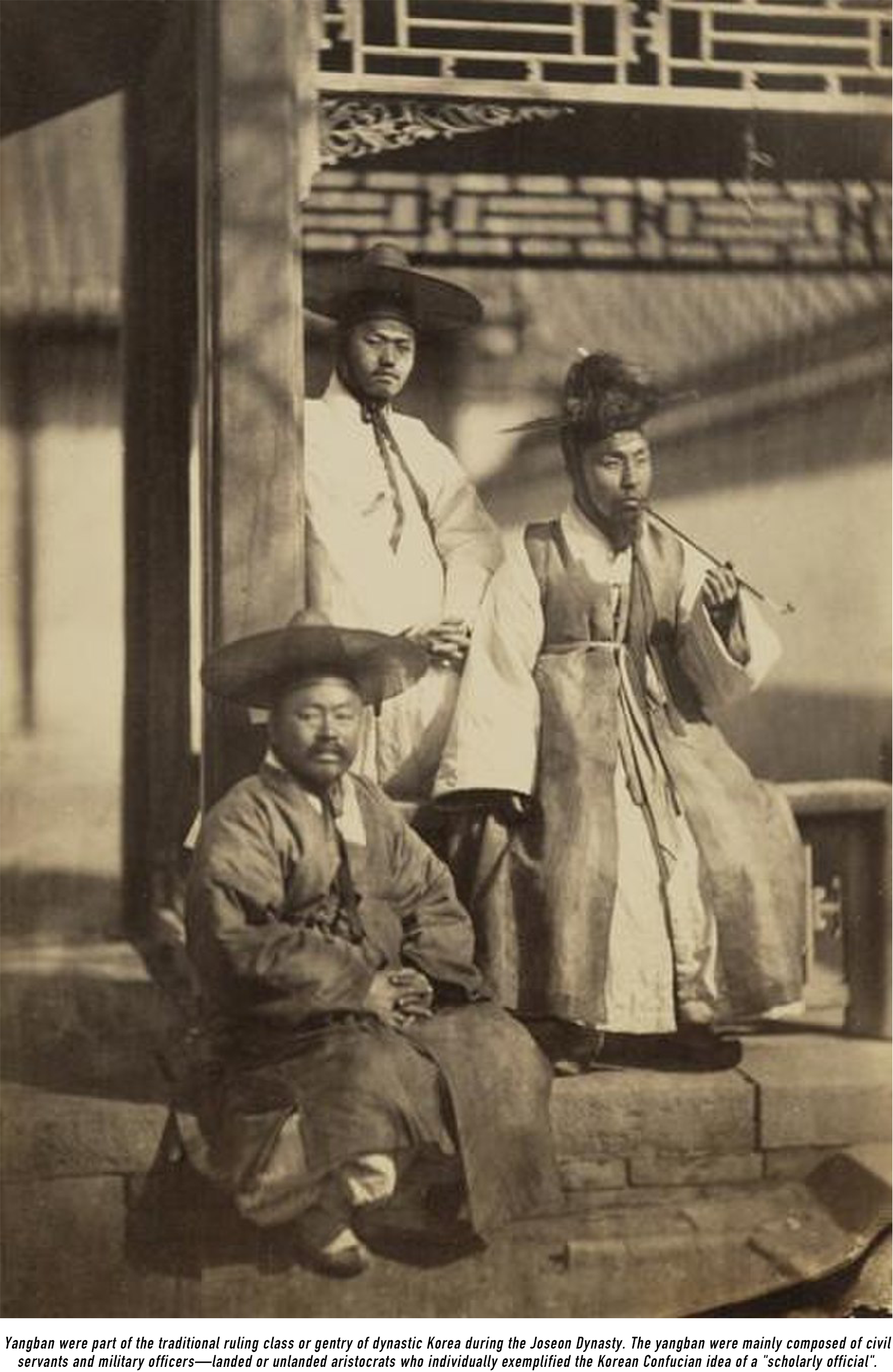The Joseon dynasty (1392-1897) was the last dynasty in the Korean peninsula. Lasting over five hundred years, it continues to play a part in Korean culture today; and the time period is often portrayed in dramas, movies, and plays. In honor of this, we've compiled some of the history of Joseon to help you learn about Korea's last dynasty.

Founding
The previous dynasty, Goryeo, was in decline by the late 14th century, weakened by internal power struggles and occupation by the Mongol Empire. When an army general, Yi Seong-gye was sent to invade Manchuria, he instead turned back to the capital and deposed the Goryeo King U. Though he ruled through King U for three years, he was dissatisfied with the arrangement. As a result, he had King U and his son King Chang executed, and later took the throne and the name King Taejo.
How Joseon Gained Power
For the first few years of King Taejo's rule, nobles still loyal to the Goryeo kings threatened to mutiny. Consequently, King Taejo wiped out the rebellion and declared himself founder of the “Kingdom of Great Joseon.” King Taejo also moved the capital from Gaegyeong to a new city called "Hanseong," now known as Seoul. King Taejo later had architectural wonders built in the new capital, including the Gyeongbuk Palace, and the Changdeok Palace.

Joseon’s Golden Era under King Sejong
Joseon culture and power reached a new pinnacle under Taejo's grandson, King Sejong the Great. Sejong was so wise, even as a young boy, that his two older brothers stepped aside so he could be king. Sejong is best known for inventing the Korean script, hangul, which is phonetic and much easier to learn than Chinese characters.

Invaded by Japan and Manchuria
In the late 1500s, the Japanese used their samurai army to attack Joseon Korea with the ultimate goal to conquer Ming China. Joseon was saved by Admiral Yi Sun-shin, who ordered the construction of "turtle ships," the world's first ironclads. After defeating Japan, Joseon Korea became increasingly isolationist. When the Ming Dynasty in China fell to the Manchu people, who established the Qing Dynasty, Korea chose not to pay tribute to the new Manchurian dynasty. This led to continuous turmoil with Korea and eventually the Manchu people forced Joseon’s ruler to submit to a tributary relationship with Qing China.

Joseon’s Decline
Throughout the 19th century, Japan and Qing China vied for power in East Asia. Multiple rebellions in Korea provided both China and Japan an excuse to send large numbers of troops to Korea. The First Sino-Japanese War (1894–1895) was fought mainly on Korean soil and ended in defeat for the Qing. As a result, Japan took control of Korea's land and natural resources through the end of World War II.

Korean Empire Era (1897–1910)
China's hegemony over Korea ended with its defeat in the First Sino-Japanese War. The Joseon Kingdom was renamed "The Korean Empire," but in fact, it had fallen under Japanese control; with Korean Emperor Gojong eventually being forced to abdicate his throne. Japan later installed its own officials in the executive and judicial branches of the Korean Imperial government, disbanded the Korean military, and gained control of the police and prisons.
Japanese Occupation and End of Joseon Dynasty
In 1910, the Joseon Dynasty fell, and Japan formally occupied the Korean Peninsula. The last Joseon Emperor, Yung-hui, refused to sign over control over Korea to Japan, but the Japanese forced Prime Minister Lee Wan-Yong to sign in the Emperor's stead. The Japanese ruled Korea for the next 35 years until the Japanese surrendered to the Allied Forces at the end of World War II.



20 comments
I love watching the period era Korean movies, knowing the history behind them is fascinating.
@RV Yes, that is true. We have corrected it in the blog!
I have taken it upon myself to research and learn more about Korean history and culture. Plus, I am taking Korean language courses.
Isn’t King Sejong The Great a grandson of King Taejo, and not his great-grandson?
I love reading these bits on Korean history.
Leave a comment